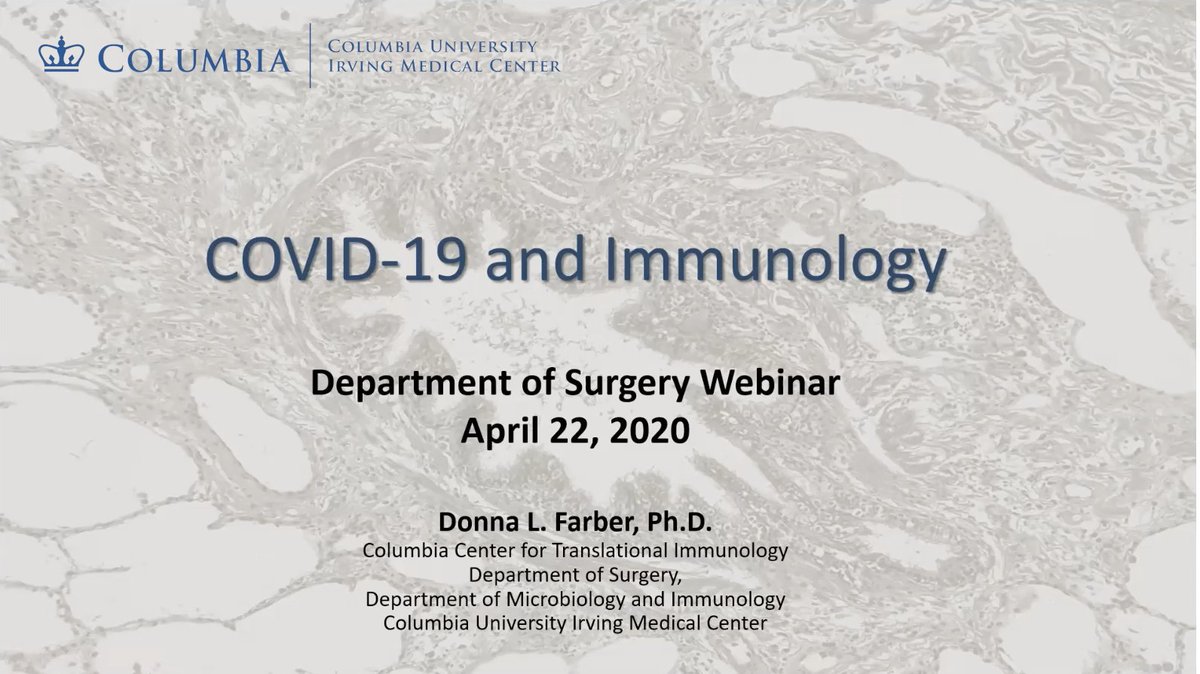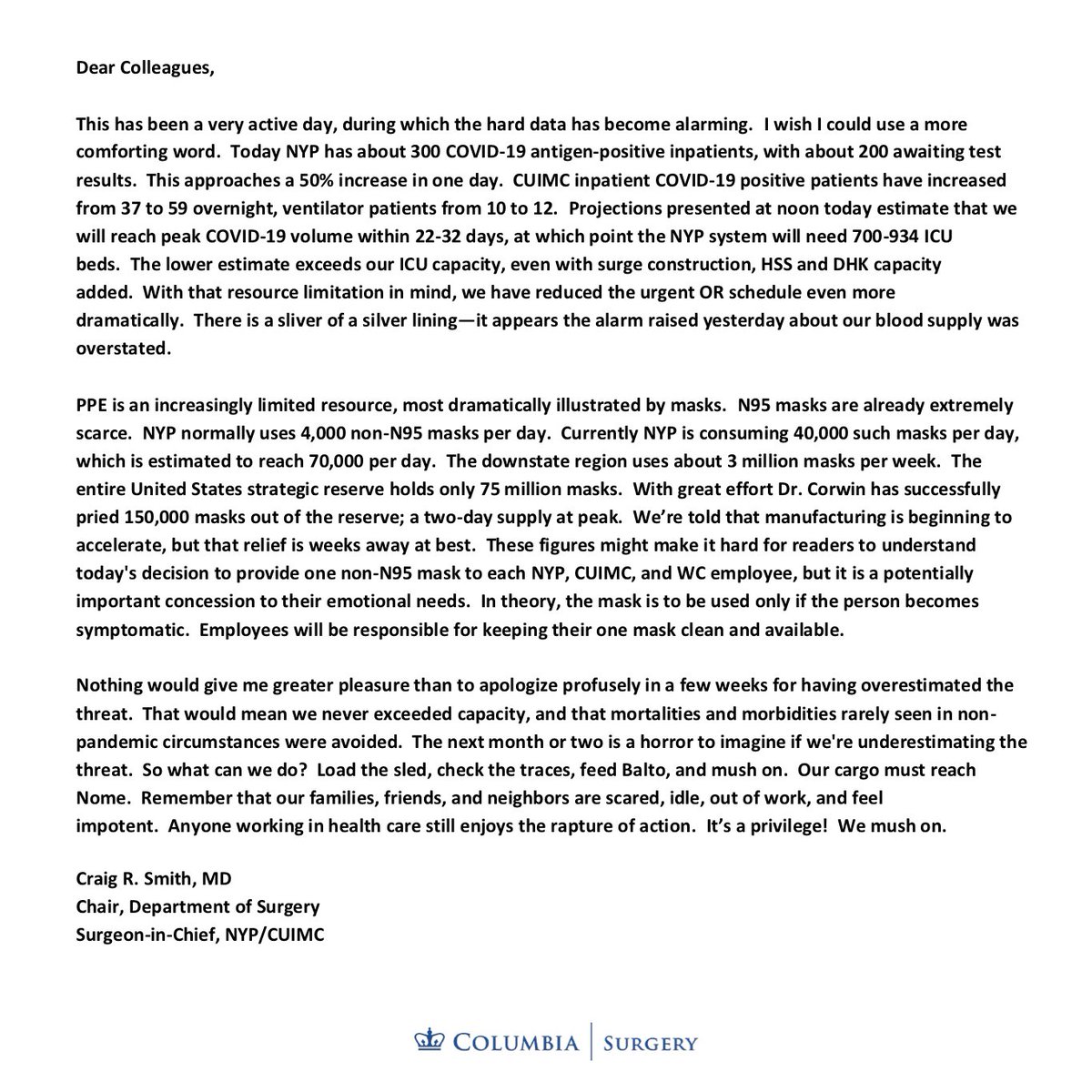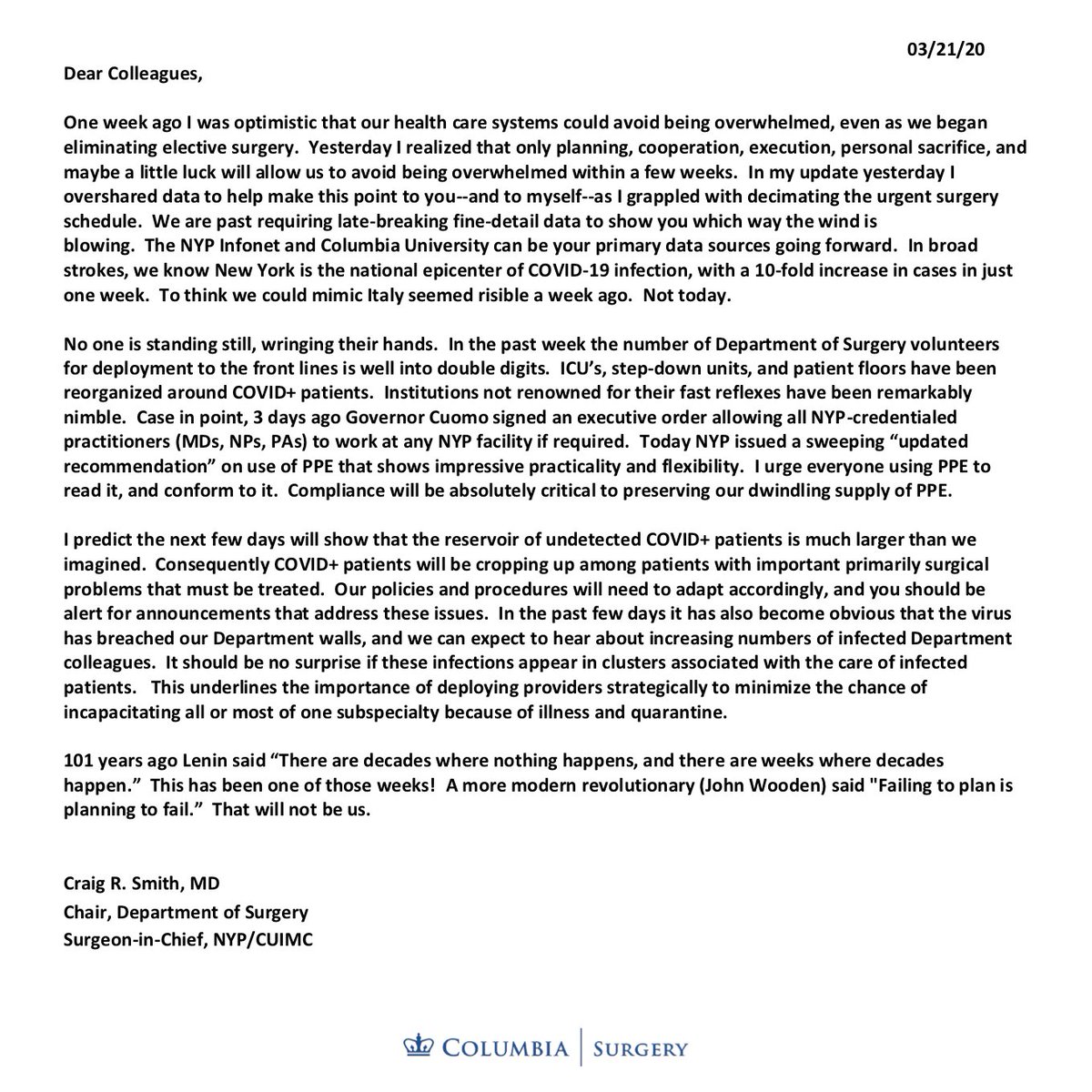
🧵 In the US, until recently, your chances of receiving a donated #liver w/in 30 days would vary significantly depending on where you lived—as low as 1%, or as high as 60%. Remember Steve Jobs' speedy liver transplant? He got on multiple waitlists...🧵 columbiasurgery.org/news/end-liver…
For decades, experts and providers have been pressing for a more equitable system of organ allocation, one that would even the odds between, say, a patient in a dense urban center with a long waitlist and a patient in a more rural, statistically healthier area with a short one.
For almost 50 years, the system in place was an outgrowth of informal sharing networks between doctors and medical centers, resulting in a web of organ procurement organizations (OPOs) and donation service areas (DSAs) spread out across the country. #donatelife
@UNOSNews
@UNOSNews
“OPOs are all different shapes and sizes,” says Dr. Jean Emond, Vice Chairman of Surgery and Chief of Transplantation Services at Columbia University. “They’re a little bit like gerrymanders in Congress.” #donatelifemonth
“I was involved in a number of UNOS committees over the years that were trying to tackle liver distribution,” says Dr. Emond. Demand for donated livers became so high in the ’90s that people still refer to the era as “the liver wars.” “scarcity—where rationing had to take place.”
Dr. Emond’s efforts, and those of many other advocates, were recently rewarded with a new liver distribution policy. After spending some time tied up in federal courts, the policy was finally approved and implemented in early 2020.
Patients who need livers will no longer be solely reliant on the OPO in which they happen to live. Rather, patients within a 500-nautical-mile radius of the donation hospital will be considered as recipients, and ultimately selected based on the severity of their medical need.
“What happened for us in New York is that we immediately were exposed to a much larger geographic area of organ donors,” says Dr. Emond. “So we were able to see more transplants and do more transplants.”
@americanliverny #Transplant 🧵
@americanliverny #Transplant 🧵
• • •
Missing some Tweet in this thread? You can try to
force a refresh









